Our History
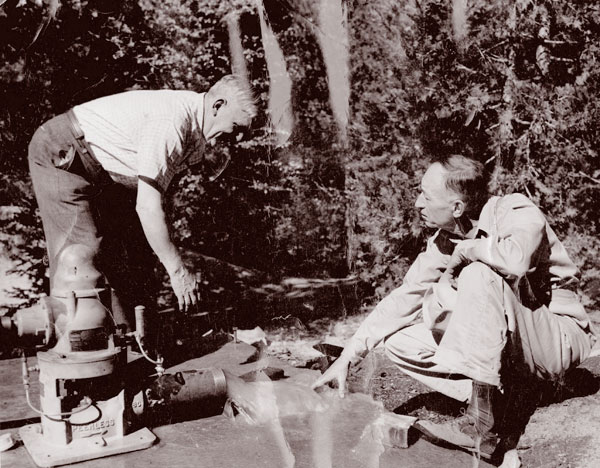
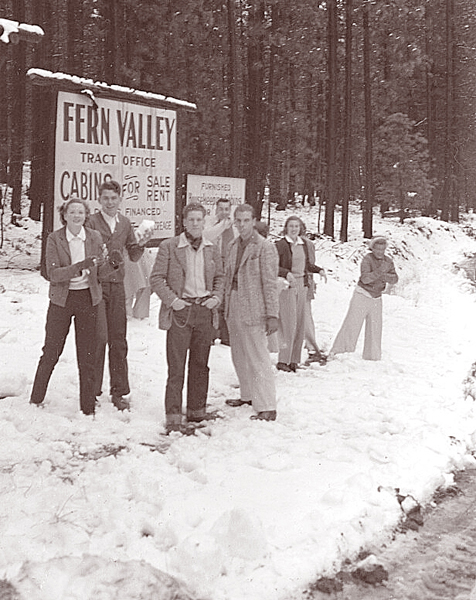
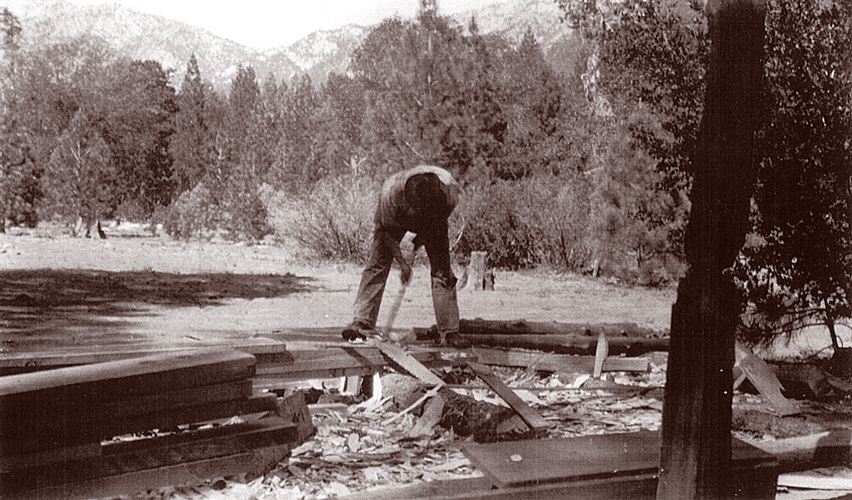

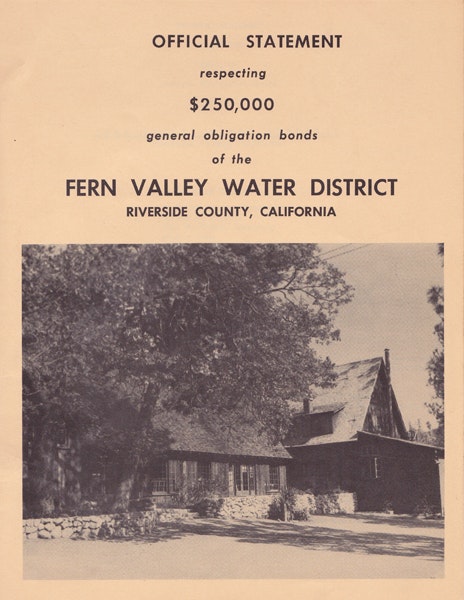
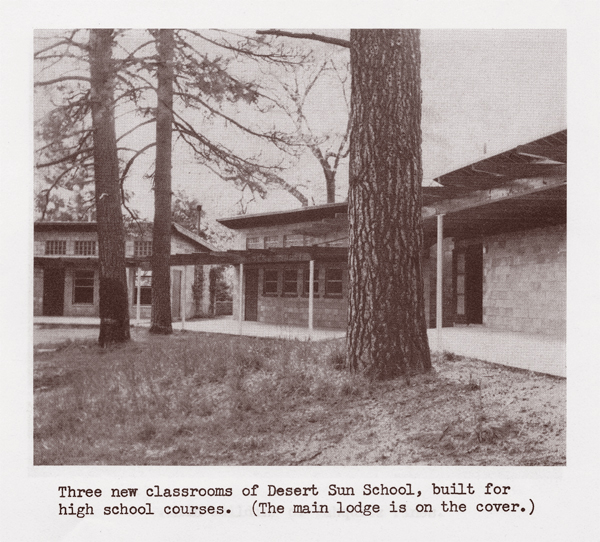
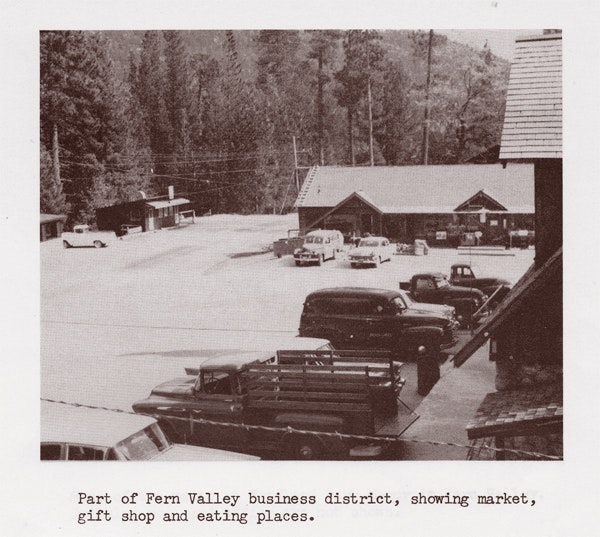
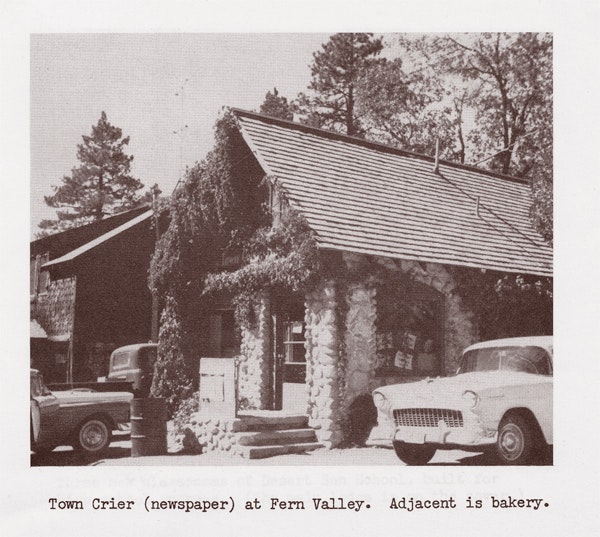
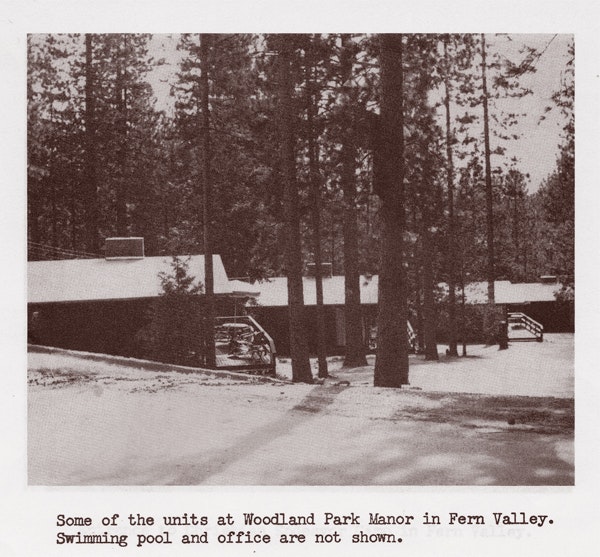
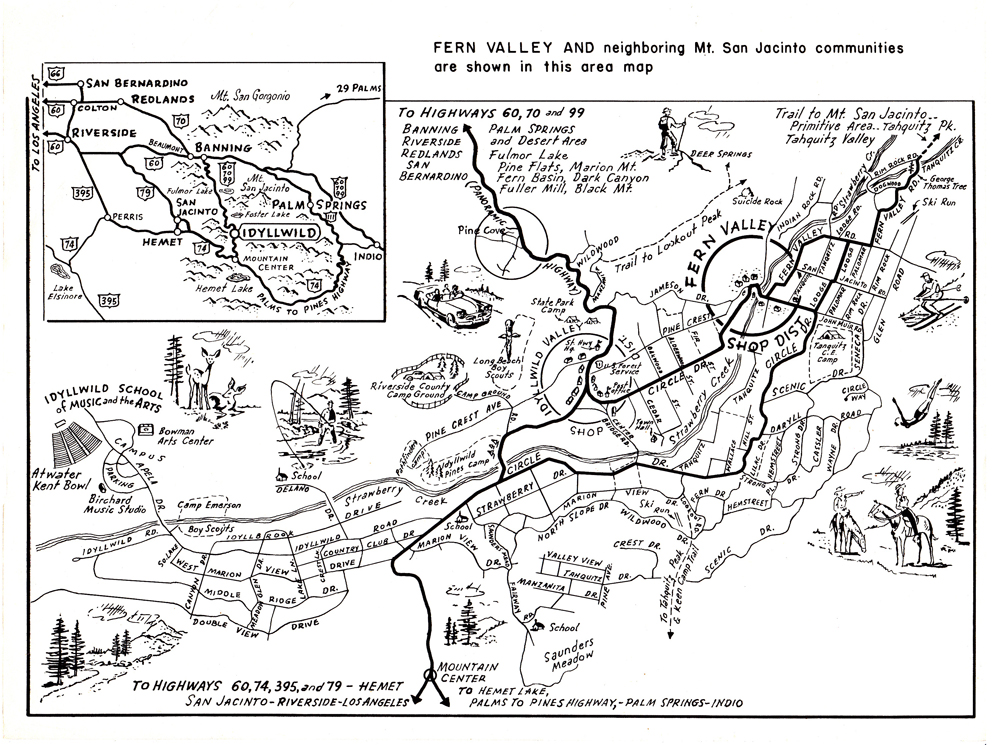










The Fern Valley Water District, a California Water District, was organized on January 1, 1958, succeeding the Fern Valley Mutual Water Company, which was formed in 1937. So Fern Valley has had water district service for more than 75 years.
It all began in the early 1930s, when the newly-formed Idyllwild Mountain Park Company created subdivisions in Fern Valley and began selling lots. The company installed a water pipe that diverted water from Strawberry Creek to the subdivisions. At that time there was no charge for the water or the maintenance of the pipeline and appurtenances that served the residents.
The company made no agreement to maintain the pipeline or to deliver any specific amount of water. The plan worked well when there were only a few homes being served. However, with increased development and more users, the company could not keep up with the water demand or the maintenance of the pipeline. There were approximately 140 houses in the subdivisions at that time.
With the aim of using more water for future development, in 1934 the Idyllwild Mountain Park Company filed applications with the California Division of Water Resources to appropriate water from various springs and creeks. As Fern Valley continued to grow, the company saw the need for improvements and a more equitable distribution of the water.
The selling of stock within the company enabled it to further develop the Fern Valley area, and subsequently, led to the formation of the Fern Valley Mutual Water Company on June 25, 1937.
Fern Valley Mutual Water Company’s only source of water was permitted stream diversions from Strawberry and Little Tahquitz creeks, and tributary springs. But drought conditions in 1950 affected the San Jacinto Mountain area. With streams drying up, the water company was forced to drill and develop its first well. A second well was completed in 1951, and a third in 1957. Collectively, they produced 180 gallons per minute. The District was comprised of two storage tanks totaling 440,000 gallons, 3 wells, 415 meter connections, 58 fire hydrants and over 72,000 lineal feet of water pipe.
Incorporated in July of 1937 as the Fern Valley Mutual Water Company, residents of Fern Valley decided to petition to become a State of California Water District. Following a petition to the Board of Supervisors of Riverside County, an election was held and the Fern Valley Water District was officially organized and became a State of California Water District on January 7, 1958.
As a State water district, all property owners vote in district related elections. Each property owner has one vote for each dollar off assessed land value possessed. This gives you a voice in your district. (In a County water district, such as Idyllwild and Pine Cove water districts, only parties registered to vote in Idyllwild may vote. This allows tenants to vote and eliminates property owners who are registered to vote off the hill.)
The District is governed by an elected five member Board of Directors who serve four year terms. These elections are scheduled every two years. The operations of the District are under the direction of a General Manager and a staff of four, an Assistang General Manager and three Field Operators.
The District is under the jurisdiction of the California State Water Resources Control Board, which is responsible for administering the state’s surface water and groundwater laws. Sound management of scarce water resources is the foundation for economic and ecological well being. Your district has been diligent in long term objectives to ensure a continuing water supply for Fern Valley and for surrounding areas in an emergency situation.
Total water production consists of stream diversion from Tahquitz and Strawberry Creeks and from 12 active wells. Fern Valley is allowed direct stream diversion annually of 168 acre feet, plus 30 acre feet in storage tanks for a total of 198 acre feet. An acre foot represents 325,851 gallons or 43,560 cubic feet. We have 8 storage tanks with a total capacity of 7.2 million gallons.
Water is diverted into storage only during the months of March through June (wet season). Should stream flow be low, no water is diverted and all water is allowed to flow past the diversion points. This is monitored by a weir (stationary measuring device). This storage is a valuable district asset not only to augment the water supply during the dry months, but to provide water in the event of wildfire.
The District has a water treatment plant to treat the surface water and four aeration treatment facilities for corrosion control. All water must be chlorinated to meet EPA and Department of Public Health requirements.
Saunders Meadow Annexation
In 1996, Fern Valley Water District annexed the 57 homes in the Saunders Meadow tract.
The homeowners in the tract had been receiving their water from a spring on USFS (United States Forest Service) land. The Department of Public Health considered the spring a surface water source that fell under the new federal Surface Water Treatment Rule, which mandates surface water treatment. The USFS asked Saunders Meadow Association to seek a new source of water. Fern Valley Water District was already providing fire service to the area, so it was the logical provider of the water service. That’s when the Association asked the District to serve the area.
In 1996 the Saunders Meadow homeowners obtained a grant and loan from Farmers Home Administration and Rural Development through the U.S. Department of Agriculture. The grant and loan was to pay for the upgrade of the water system and its connection to the Fern Valley Water District system.
Each of the 57 parcel owners were charged the District’s new meter installation service fee of $3,000. The total cost of the project, including pipelines, hydrants and installation, was $618,789. A grant was obtained in the amount of $275,000 and the balance of $343,789 was obtained by a 40 year bond. The expense was borne by the Saunders Meadow property owners by an assessment charge to their property tax bill. The assessment for each parcel was $6,031.40.
Each property owner had an opportunity to pay this amount in full by a given deadline or be assessed on their property tax bill for the next 40 years. Three parcel owners took advantage of this, and paid the full amount. One parcel owner paid half, so that parcel is assessed $297.30 each year on the property tax bill. The remaining 52 parcels are assessed $431.86 each year. This assessment continues, despite ownership changes, until 2036.

